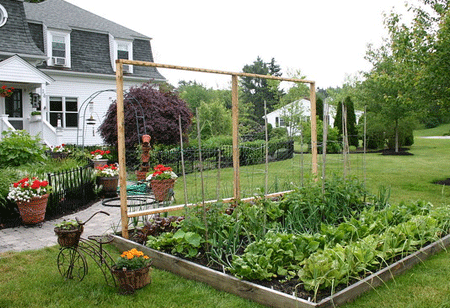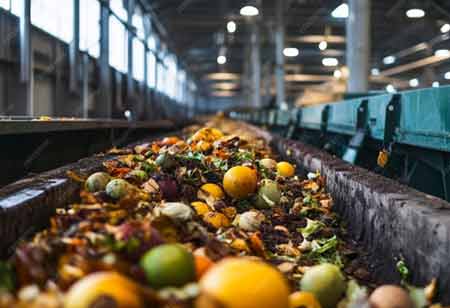THANK YOU FOR SUBSCRIBING
Be first to read the latest tech news, Industry Leader's Insights, and CIO interviews of medium and large enterprises exclusively from Food and Beverage Tech Review
Here's the Solution for Your Back-of-House Nuisances
It is out in the open that the back-of-house automation is a significant piece of running a financially viable restaurant in a tough labor market.

By
Food and Beverages Tech Review | Tuesday, July 30, 2019
Stay ahead of the industry with exclusive feature stories on the top companies, expert insights and the latest news delivered straight to your inbox. Subscribe today.
It is out in the open that the back-of-house automation is a significant piece of running a financially viable restaurant in a tough labor market. By automating routine procedures it can be very helpful for the restaurants to streamline their functionality piece by piece.
FREMONT, CA: With the changing world, restaurants have also started investing in a smarter labeling system in a year and checklist management in the next. The alteration from manual procedures to the automated ones is a huge step and can be helpful to tackle things individually. On the other hand, it can often lead to managing multiple vendors and systems, which can be challenging.
By letting too many different software providers participate in the back-of-the-house can become a burden on the restaurant. The tech loses its efficiency with no integration as well as no data sharing combined with different user experiences and a lack of constancy.
In cases where a restaurant requires adding a new menu item or update the pricing of the menu, changing the data across several systems becomes time-consuming. One of the significant challenges faced by any brand before automation has been managing inventory until the company has invested in a complete back-of-house ecosystem. There are solutions offered by service providers, which help in labeling, food prep, delivery, checklist management, temperature tracking, and inventory.
An inventory is considered as an extremely time-consuming process that eats up hours of labor every week by a skilled person like a manager. By leveraging technological solutions, companies can cut the inventory down to minutes and allow their staff to do it at a flash. The tech can help to increase the temperature-taking compliance by enchanting a dull process done with a pen and paper and turn it into a fun task using a smart device.
Since the ecosystem builds a single-vendor solution, food preparation procedures can be managed in conjunction with the inventory and sales data, which enables the team to know about the prep every day.
Technologies can help in a vast reduction in food waste by suggesting the quantity of the prep required and save a considerable amount of revenue through the insights.
Once the back-of-the-house is proficiently connected, it will be prominent that technologies have disappeared and have become a part of the smooth daily operation. By implementing technologies, companies can mark a difference between the total labor savings, reduction in on-hand inventory, fewer food wastes, and a massive increase in food safety.
I agree We use cookies on this website to enhance your user experience. By clicking any link on this page you are giving your consent for us to set cookies. More info







